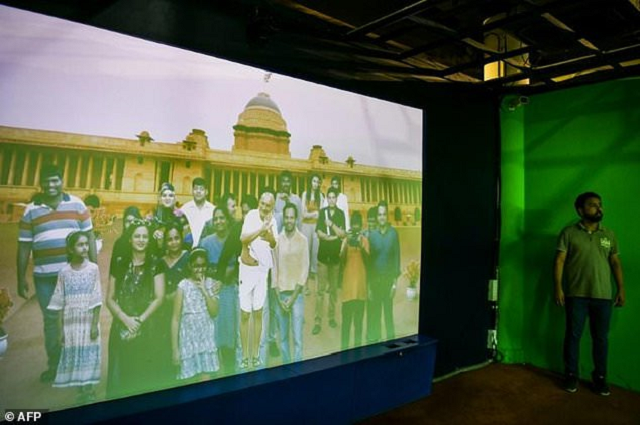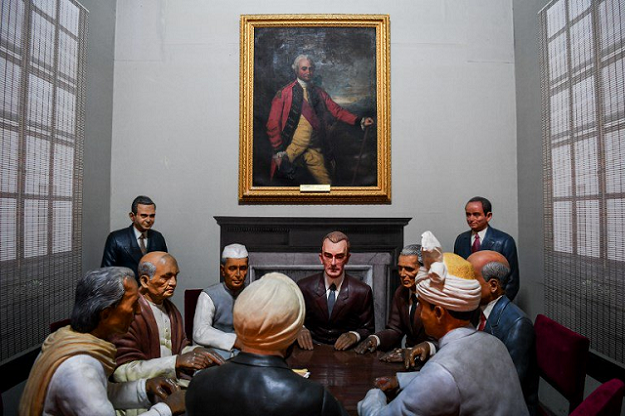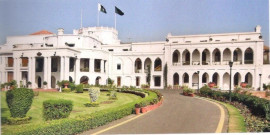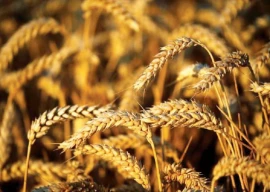
The President's House, a classical palace with an Indian twist, is one of the grandest buildings in India, built by the British as the Viceroy's House.
Storerooms not opened for decades - some because of superstition - were unlocked in a treasure hunt to put together the Rashtrapati Bhavan Museum's collection.
Stolen 12th century Indian Buddha statue found in London
It recreates moments from India's independence struggle such as Mahatma Gandhi's landmark protest march against the salt tax in 1930 and the 1919 Jallianwala Bagh massacre of civilians by troops under British command.
Technology allows visitors to walk with Gandhi in the virtual reality room, while interactive features include a flipbook of India's constitution.
"The museum depicts the democratic heritage of India and gives a peek into the lives of former presidents," education officer Pankaj Protim Bordoloi told AFP.
"We have used augmented technology to keep visitors involved and interested. The museum is always a work in progress and we will add more exhibits as we discover them," said Bordoloi.
Gandhi statue sparks controversy in Malawi
Drawcards include a Mercedes car given to late premier Rajiv Gandhi by the king of Jordan and a horse-drawn presidential buggy complete with horses.
The collection also includes a long-lost painting of Robert Clive (1725-74), commander-in-chief of British India.
 A rare painting of Robert Clive, a commander of British India in the mid-1700s, is displayed inside the Indian President’s House museum in New Delhi. PHOTO: AFP
A rare painting of Robert Clive, a commander of British India in the mid-1700s, is displayed inside the Indian President’s House museum in New Delhi. PHOTO: AFPThe authorities contacted the National Gallery in Britain and also Clive's family who confirmed the work was genuine.
"Their excitement too assured us that we had found the right painting," Bordoloi added.























1714024018-0/ModiLara-(1)1714024018-0-270x192.webp)





















COMMENTS
Comments are moderated and generally will be posted if they are on-topic and not abusive.
For more information, please see our Comments FAQ